If you purchase an independently reviewed product or service through a link on our website, we may receive an affiliate commission. Learn more about our policies and reviews.
If higher cheekbones or a smaller forehead was something you once wished for, the good news is that it's just a swish of a brush away. Nothing invasive, painful, or pricey, just a little powder or cream in the right place and you’ll be photoshoot ready. Highlighting, also known as contouring or sculpting, is a way in which to use natural colors to enhance your facial features and bone structure. By applying the right shades in strategic places, you can give shape to certain areas, highlight various features, and tone down others. Contour palettes have been designed to make this an easy part of everyday makeup application that anyone can do at home. It's not about changing what you have but enhancing your best features with the right shades. Not only have we rounded up the leading contour palettes in 2024, but we’ll guide you through the application process, too. Let’s get started!
Reviewing the Leading Contour Palettes of 2024 in Detail
Black Radiance — Best Overall
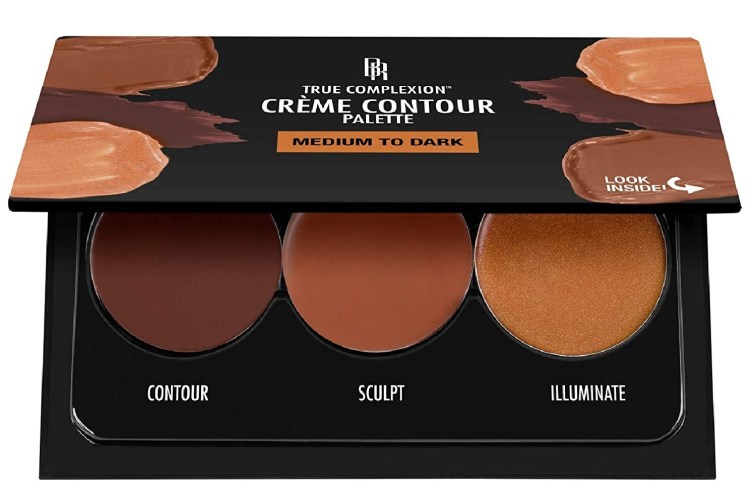
Key Features
- Palette includes 3 shades to contour, sculpt, and illuminate
- Includes an application guide to enhance facial features
- Oil-free
- Creamy formula
- Blendable
Black Radiance True Complexion creme contour palette is specifically designed for medium-to-dark skin tones. This all-in-one palette contours, sculpts, and enhances your facial features. It features three oil-free creamy colors that are blendable, allowing you to achieve the ideal shade for your skin.
The kit includes an application guide as well, so you can perfectly apply the shades to define your cheekbones and sculpt your jawline. For the best contouring effects, apply your primer and foundation first, then use a brush for blending contouring shades.
NYX Professionals Makeup — Runner Up
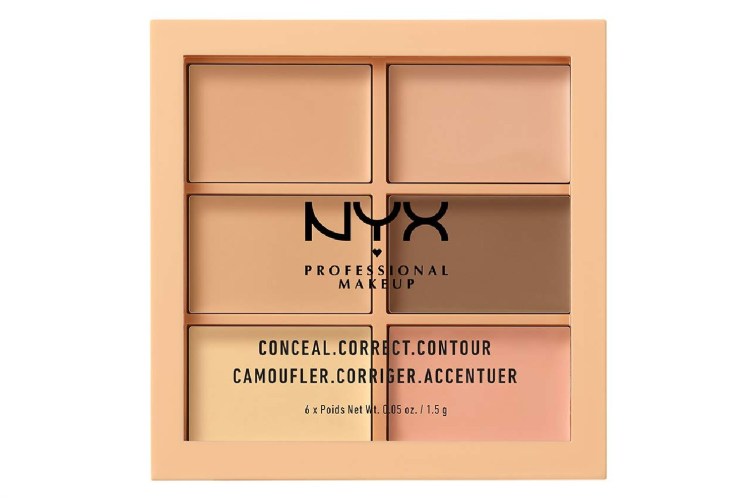
Key Features
- Six-color palette for light skin tones
- Cruelty-free
- Creamy formula
- Buildable shade blending options
This six-color palette serves as a remarkable color-correcting, contouring, and concealing combination for light-to-medium skin tones. The shades work together to camouflage imperfections, correct discoloration, and enhance facial features. The NYX range also offers a combination palette for medium and deep skin tones, as well as a complete color correcting palette, to conceal dark circles, brighten dull skin, and cover redness. Plus, the buildable creamy formula allows you to use each shade on its own or combine them to match the unique tone you are after.
Aesthetica — Honorable Mention
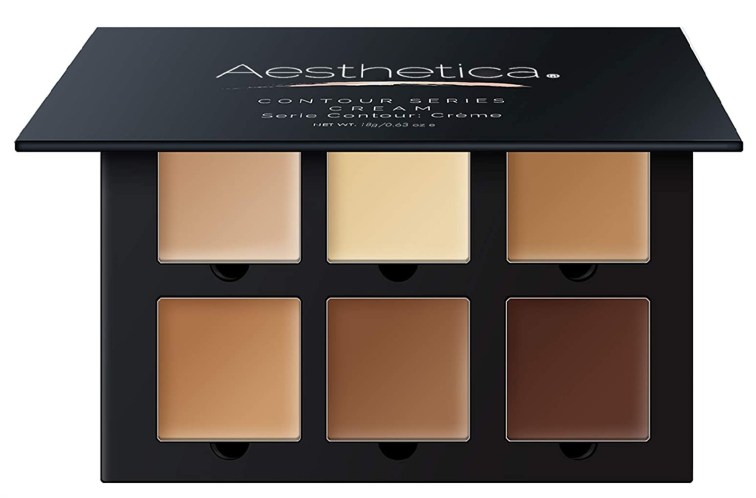
Key Features
- 6-color palette with inside mirror
- Removable and refillable pans
- Blendable formula
- Non-irritating ingredients free of talc and parabens
- Suitable for all skin types, including combination, dry, or oily skin
We love this vegan and cruelty-free contour kit and its six blendable shades. It is ideal for all skin tones and allows you to conceal what your foundation doesn’t cover and contour to enhance your facial features. The kit includes step-by-step instructions to help you achieve the look you’re after with a contour mapping guide and face shape diagrams. Plus, you’ll get multiple cream foundation/concealer shades for contouring and three illuminating creams for highlighting. Best of all, the pans are removable and refillable, so you don’t have to purchase an entirely new kit if you run out of one color. If this kit wasn’t good enough already, you’ll love the handy travel-friendly mirrored casing.
Physicians Formula — Most Convenient
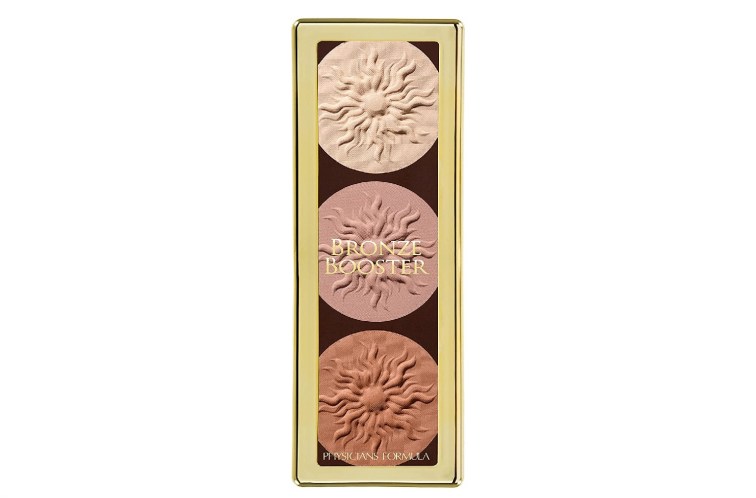
Key Features
- Three-color palette
- Powder formula
- Hypoallergenic
- Includes an angled contour/bronzing brush
This three-color highlight and contour matte palette includes an angled contour brush for precise application and blending. The powder formula is infused with vitamins, moisturizers, and antioxidants to ensure your skin feels as good as it looks with this triple-action bronze boosting application. Physicians Formula products are hypoallergenic and safe for use on sensitive skin.
We recommend using the darker shades to define and contour facial features and the lighter powders to highlight and enhance.
Covergirl — Also Consider
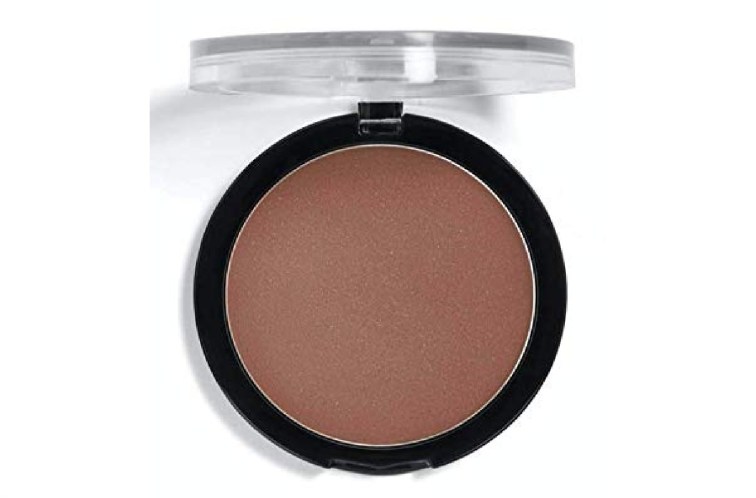
Key Features
- Eight colors for various skin tones
- Cream formula
- Blendable
- Ideal for highlighting, neutralizing, contouring, and balancing pigmentation
Covergirl’s contour and color-correct palette includes eight cream shades perfect for a variety of skin tones. The pigmented creams are ideal for neutralizing, highlighting, balancing, and contouring all in one pack. The shades can be mixed and matched to create the perfect blend for your individual skin tone and to create the illusion of higher cheekbones, a softer jawline, a slimmer nose, or a smaller forehead, all while drawing light to facial features you want to highlight. Plus, the creamy palette is buildable, letting you gradually layer the contour and highlights for an airbrushed and flawlessly even effect.
Buyer's Guide: Finding Your Next Contour Palette
If you are new to the concept of contouring or would like to master your own application, it is important to start by choosing the right contour colors for your skin tone. Once you’ve got your color base, learn techniques that apply to your specific goals and features. Everyone is different and no one has exactly the same features or skin tone. Getting the exact colors and techniques right might take a little trial and error, but once you know what works for you, you’ll have a secret weapon that can transform your look to everyday glam, even in sweats! Here’s everything you need to know when it comes to perfecting your contouring technique.
Choosing Contour Colors for Your Skin Tone
Knowing your skin tone or ‘temperature’ won’t just help you choose the right contour palette but will also help you choose complementary makeup shades to enhance your best features, including eyeshadows, blushes, and lip gloss. Your skin tone generally refers to the color of your skin on the surface. This may change according to the season and how long you’ve been in the sun. The undertone of your skin, however, doesn’t change. This is the natural hue that gives your complexion a noticeable characteristic and is what makes certain colors look naturally great on you.
To determine your skin tone, have a look at the area around your jaw. Dark tones will be rich brown and ebony, medium tones will be olive to tan, light tones are pale (but have a slight yellow tinge), while fair tones are pale with more of a pink tinge.
To determine your undertone, which is really where you will determine the most complimentary colors to wear in clothing and makeup, look at the inside of your wrist. If the veins just below the surface appear blue, you are ‘cool.’ If they are closer to a green hue you are ‘warm.’ A blend of both is classified as neutral.
Shades of contour colors
Contouring requires both highlighting light areas and accenting shades. The fact that contouring kits come in a palette of different shades makes the color choice and correcting process a little easier and also adaptable to the season. In addition, you can mix the shades in cream contour palettes to create the exact color you are after.
It is really important to start with the correct foundation. Your foundation should have a hint of your skin’s undertone. If, for example, you have a warm complexion, choose a foundation that leans slightly more to yellow than pink. This serves as the base for the contouring process.
The contour color you choose can be just slightly darker than your foundation, but no more than one or two shades darker. Keep in line with hues that have the correct undertone for your skin. The highlighting color is slightly lighter and should also be included in your contour palette.
Types of contour applications
Contour palettes come in both cream and powder forms. Creams are easy to blend and build, making them a good option if you are a sculpting newbie. The pigment may however be slightly more intense than a powder so apply with caution and build gradually. In the end, you really need to choose the application that is most comfortable for you and works best with your skin.
Regardless of whether you are using a cream base or powder, basic tools and products that are handy to have before you begin include powder or foundation brushes or sponges, liquid foundation matching your skin tone, a primer or BB cream, blush to match your skin tone, and a setting powder or spray. You also need your contour palette a shade darker than your skin tone, as well as a concealer or highlighting shade from your contour palette a shade lighter than your skin tone.
How to Apply Contour Makeup
Step 1: Cleanse and moisturize
As a rule, always make sure your face is completely clean and that you apply moisturizing cream before applying any makeup. If you have not cleaned your face before applying any products, it may cause breakouts and irritation due to pores clogging or dust and oils building up underneath your applications.
Step 2: Foundation
After applying moisturizer, wait between 5 and 30 minutes for it to absorb into your skin, so as not to interfere with the smooth application of foundation. When dry, apply either primer, BB cream, or CC cream, and foundation.
Step 3: Face mapping
Some contour palettes come with a handy mapping chart. You could also look for one online to help you visualize the effects you want to achieve. Examine the areas that you would like to highlight and those where you want to create deeper shadows. Some individuals work along the T-zone of the face highlighting the lower center of the forehead, nose bridge, upper cheekbone, and chin or jaw. Common areas for darkening include just beneath the cheekbone, along the jaw, along the top hairline, or outer eyebrow edge. These aspects will of course depend on your own natural features and the effect you wish to achieve.
Step 4: Applicators
Choose the applicators you want to use. Blush brushes make softer blending while angled brushes create more controlled lines. Foundation brushes are best for generalized shadow applications.
Step 5: Contour with cream
Use your finger to apply the darker shades to the area beneath the cheekbones, sides of the nose to thin the bridge, or other areas identified during mapping. Then, do the same with the highlighting cream along the upper cheekbones, along the bridge of the nose, and into the center of the forehead.
Step 6: Blend
A damp blending egg can help you nail this step since blending is key. Use a dabbing motion to blend the shades for a natural flow. You can also use the finer tip of the egg to merge colors along the nose.
With contour creams, use light colors below the eye, a dab on the chin, and the center of the T-zone after the initial blending to create brightness.
Step 7: Set
With a sheer or translucent loose powder, set your makeup with a clean fluffy brush.
Step 8: Finish
Finish your face with your choice of eyeshadow, blush, and lipstick.